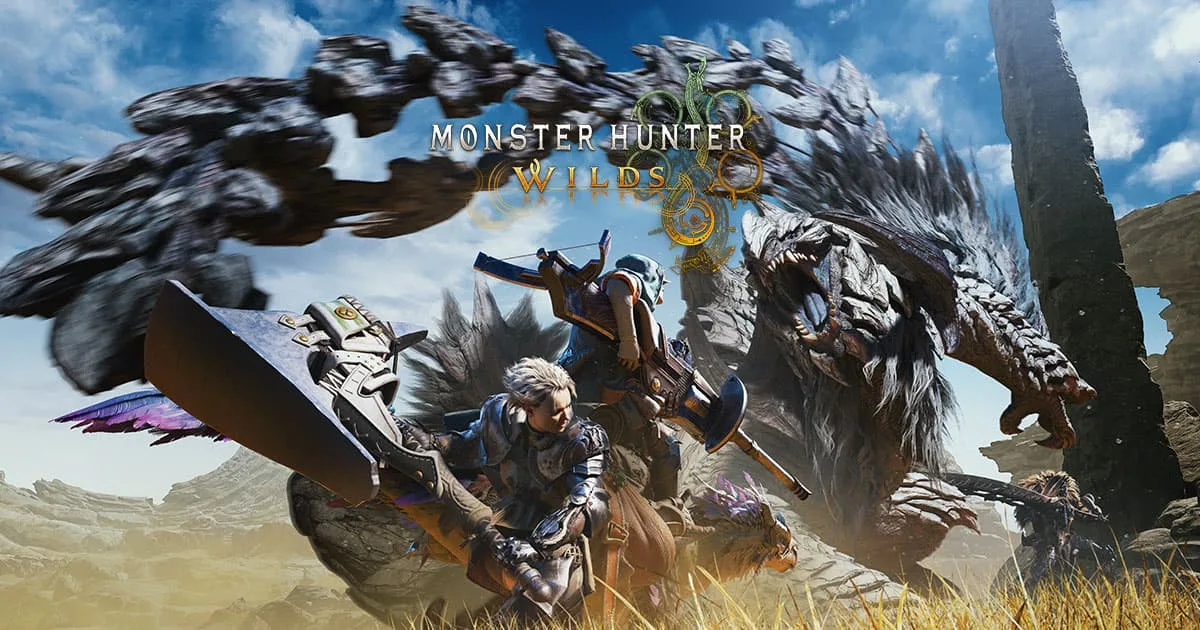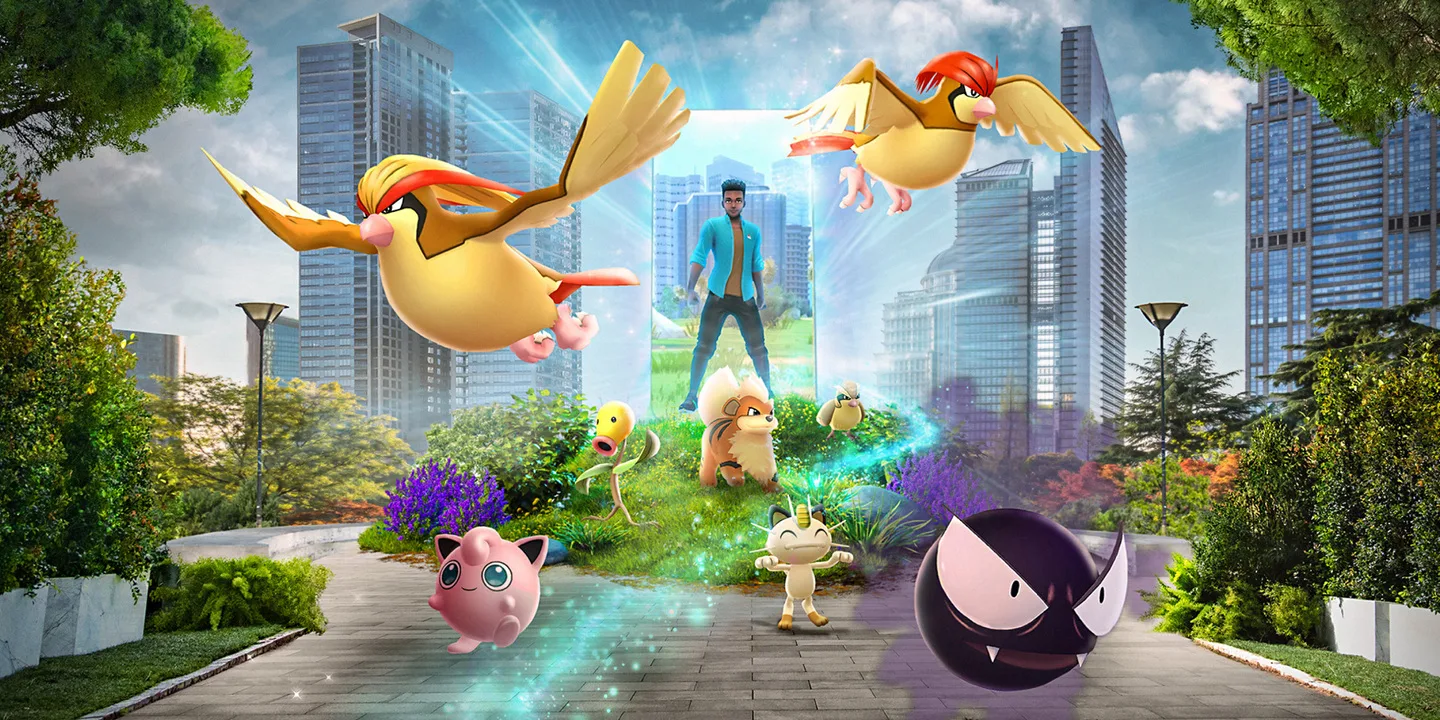
Monster Hunter Wilds is doing great despite initial PC reception on performance
The gaming world has been abuzz with the release of Monster Hunter Wilds, the latest installment in Capcom’s iconic franchise. Launched on February 28, 2025, this action-packed RPG has not only captivated players with its… Monster Hunter Wilds is doing great despite initial PC reception on performance
